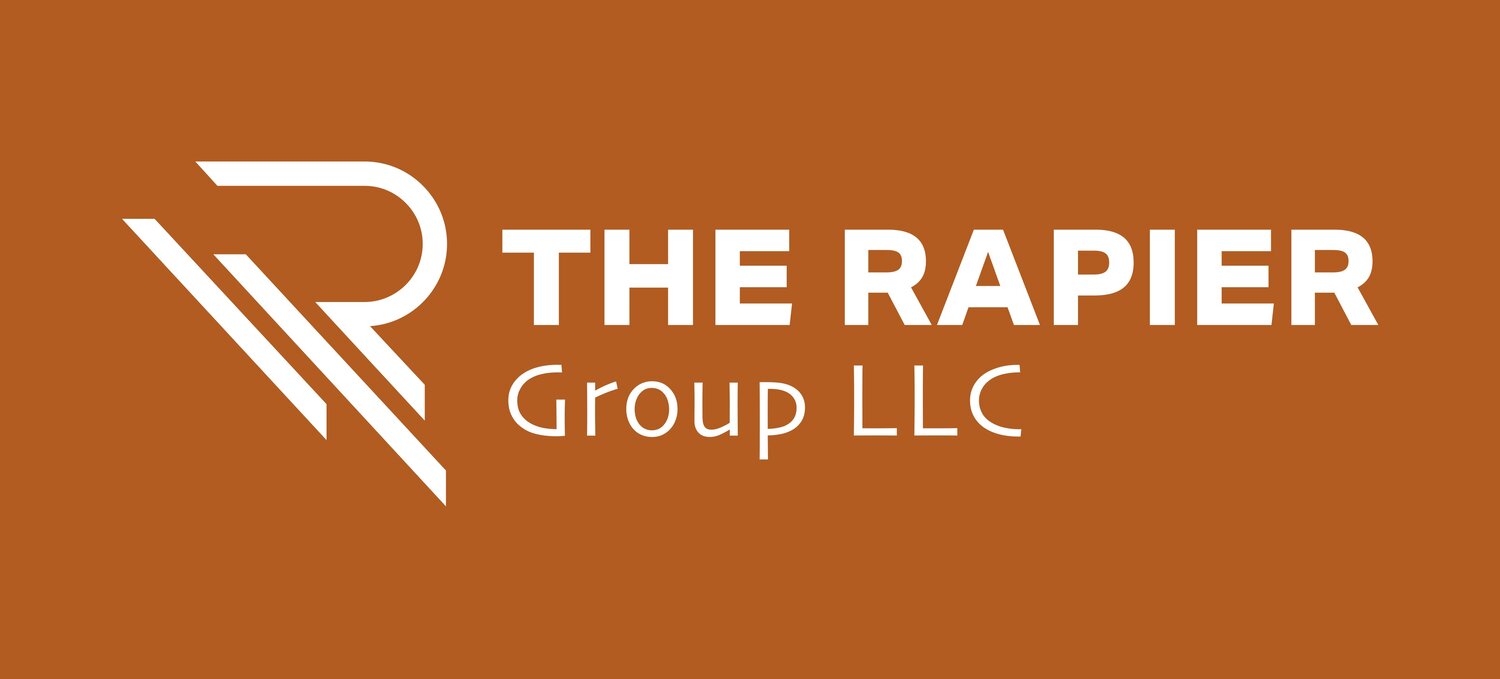Acquisition Data Integration - Part 1: Applications Portfolio
Photo by Markus Spiske on Unsplash
This is the first in a series of posts about acquisition data integration. They are based on a recent conversation with a friend who is the integration lead for an acquisition her company is making. They are acquiring a business unit from another firm, which means they will not have long term access to the seller’s IT environment. The TSA imposed deadlines are aggressive as well.
Applications Portfolio
We started our discussion by reviewing the acquired company’s applications portfolio, which includes over 60 systems.
We grouped the applications based on function. Applications that combine to support a single business activity will likely need to be migrated to the buyer’s environment at the same time to minimize business process disruption. A few of the groups identified were Finance, HR, Sales, Collaboration (Email, SharePoint, Teams, Zoom, etc.), and Cybersecurity.
The next step was to create the first version of the migration roadmap. We paid close attention to the applications that need tight integration on or very near Day One. The rest of the groups were sequenced based on the provisions of the TSA.
Assessments
Developing the integration roadmap will be an iterative process. We put together an assessment framework to guide the roadmapping effort. The assessments need to identify roadblocks to integration and pinpoint where interim solutions will need to be required.
There are multiple factors to consider when building the integration roadmap. These will lead, in some cases, to developing an interim solution to allow for TSA exit. With full consolidation occurring after the TSA ends. Each organization will have unique drives. Our discussion looked at four.
Compatibility – The greater the difference between business processes and data models, the harder it is to consolidate applications.
Data Quality – Some judgments need to be made about the quality of the data you will receive from the seller. The buyer needs to be honest about the quality of their data as well. The less confidence there is in the data’s quality, the more consideration will be required for deploying interim solutions.
Time and Resources – The available time from announcement to close and close to TSA end will drive much of the decision making. The less you have of each, the more you will need to adopt interim solutions.
Organizational Change – This is perhaps the most important consideration. The more your process change, the more complex the transformation. For one of my clients, their merger effectively doubled its product and service offerings. They became a fully horizontally integrated solution provider. They decided to reimplement their CRM and S&OP platforms and migrate both legacy platforms to a new model.
Keep your eyes open because assessments will bring surprises. When planning for email migration at one of my clients, we discovered that shopfloor workstations used to control production equipment were running on four different versions of Outlook and three versions of Windows, some of which were no longer supported. In addition to the additional effort to upgrade Outlook to current versions for migration, the Cybersecurity team was sent into a mild state of panic because of the older Windows version’s vulnerabilities.
Future iterations will incorporate additional assessment criteria, including technical effort, licensing constraints, contract renegotiations, and cost.
Building an Effective team
The application rationalization effort will drive much of the data management planning. When building a roadmap and making project decisions, it is essential to remember that they will not be perfect. As you learn more, you will change the roadmap and adjust your project plans. To make the best early decisions possible, you need to build a highly effective team rapidly. Three primary stakeholders to engage are:
Business Partners – Understand their obligations for delivering deal value will highlight where major business processes will occur. It may be necessary for IT to do something that feels technically sub-optimal to accelerate business value.
Seller - Building a good relationship with the seller. You need their full support to ensure high-quality services are delivered under the TSA and successfully migrate all business applications to your IT environment. Linking your integration success drives and their separation success is essential.
IT Vendors - Both the seller and buyer vendor relationships will change, and their support is a critical success factor. Some vendors will know they will not have long-term relationships with the buyer after the integration is complete.
Engaging each of these stakeholders in a pragmatic and empathetic manner will reduce tension and increase team effectiveness.
Data is among the most important and often underappreciated assets of M&A initiatives. As you build your roadmaps, project plans, and governance models, keeping the following quotes in mind will help you maintain your focus and keep from going crazy.
“In preparing for battle I have always found that plans are useless, but planning is indispensable.” – Dwight D. Eisenhower
“The way a team plays as a whole determines its success. You may have the greatest bunch of individual stars in the world, but if they don’t play together, the club won’t be worth a dime.” – Babe Ruth
“The perfect is the enemy of the good.” – Voltaire
Please share feedback about this article and suggestions for future topics of discussion in the comments section. Here is a link to a short video on this subject.


